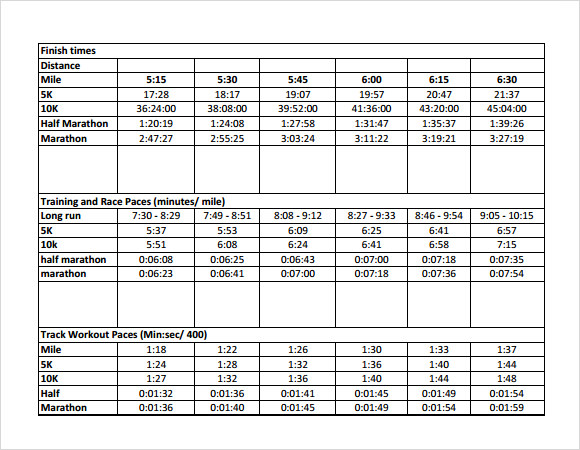


(In the book “ 1:59,” I present the evidence and details for how a runner could break the 2-hour marathon barrier: by improving submax performance to under 4:50 minutes per mile.)įor generations, marathoners and their coaches have pondered predictions of how fast athletes might run. He could potentially even break the 2-hour mark - the greatest remaining barrier in the sport since Sir Roger Bannister broke the 4-minute mile. This time could predict that Rupp might not only win an Olympic medal in the marathon, but, on a fast course with cool temperatures, also could establish a new marathon record. Let’s suppose that only Rupp’s 1st mile was run at 4:52 min/mi, with a submax heart rate of 150 BPM. Regardless, Salazar may have spilled the proverbial beans: Speed at an aerobic submax HR is highly predictive of marathon performance. Therefore, it’s highly unlikely that Rupp can perform a workout where the 1st and 20th mile are run at the same pace, while maintaining a constant submax HR.

However, it must be considered that when running at any given heart rate (HR), the onset of fatigue causes later miles to be slower than earlier miles. But the normally secretive Salazar rarely surrenders specifics about his athletes. If this is true, Rupp would be the clear favorite to beat the East Africans at this summer’s Olympic Games in Rio, Brazil.

Olympic Trials in Los Angeles, coach Alberto Salazar claimed that Galen Rupp (his star 10K runner and now marathon winner) had recently clocked a 20-mile training run at a 4:52 minutes per mile (min/mi) pace, with a heart rate of 150 beats per minute (BPM).


 0 kommentar(er)
0 kommentar(er)
